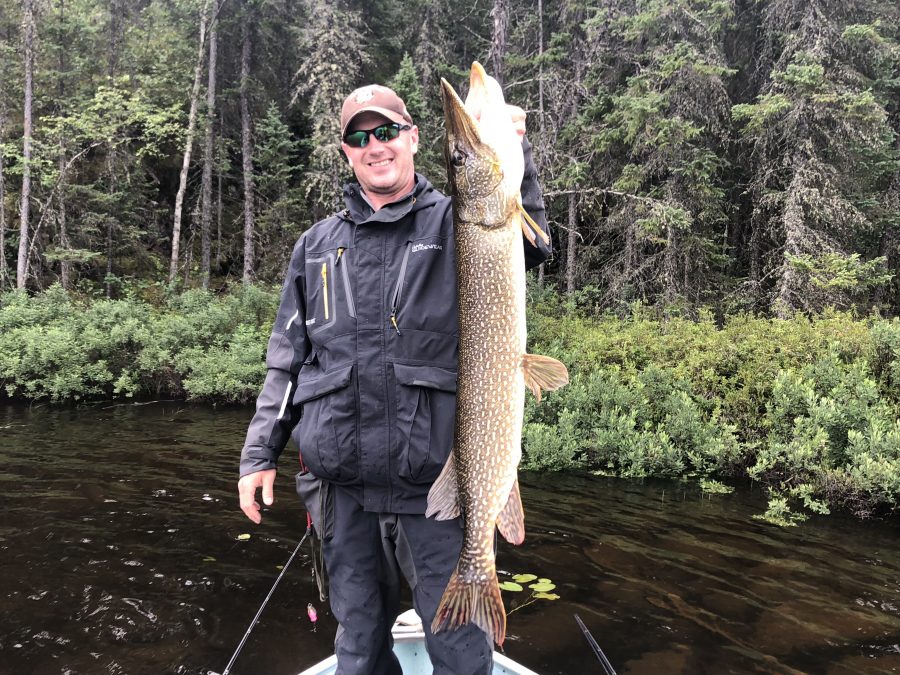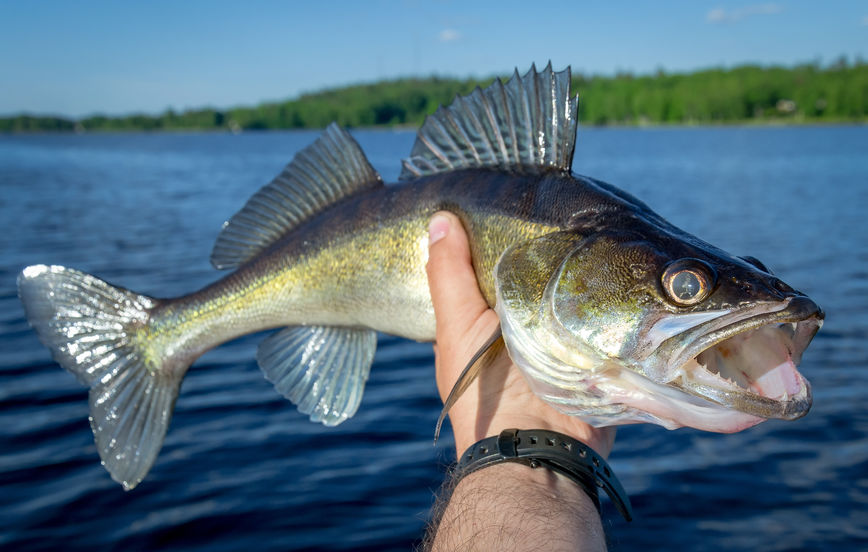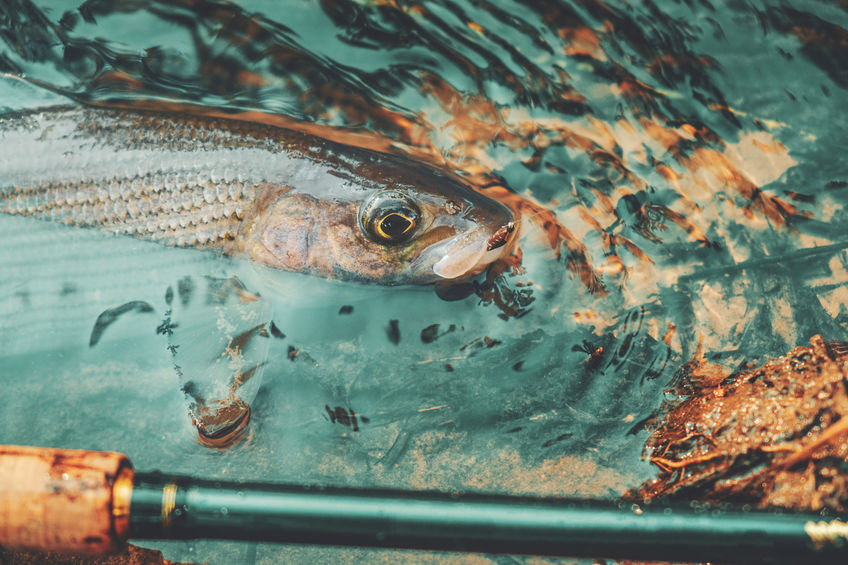The fishing opportunities at Lawrence Bay Lodge are known as some of the best in Saskatchewan. One reason for that is our catch-and-release program that ensures all trophy-sized catches are returned to the water, so year after year all fishermen have a chance at reeling one in.
Another reason our fishing is a step above the rest is because of the variety of species our location on Reindeer Lake has to offer. To help you get excited for the upcoming season, we thought we’d give you some fun facts about each kind of fish you can expect to find when you head out onto our waters!
Northern Pike
Pike are known as ambush predators.
The mighty northern pike is a force to be reckoned with—and one of the biggest draws for people visiting our lodge. Their fierce reputation comes from the way they attack their prey. When feeding, a pike will camouflage itself, lie in wait (for a very long time), and attack their chosen meal swiftly and powerfully.
Females are larger than males.
Pike can grow to be very large. They average 3-7lbs in weight and 24-30in in length. But what you might not know is that it’s the female pike that makes the most impressive catch. Most pike that tap in at over 15lbs are female.
They’re not attentive parents.
Northern pike spawn large numbers of eggs in the spring and leave before their offspring have even hatched (which takes about two weeks). Their priority is to get back to hunting, so they leave their spawn to hatch and begin their own feeding frenzies.
Walleye
A walleye’s eyes are reflective.
The inner eye of a walleye has a layer of reflective pigment called the “tapetum lucidum”. This layer helps them see well at night and in murky waters. It also gives their eyes a glassy, pearly appearance and serves as the inspiration for the name “walleye”.
They like to feed at night.
Because their special reflective eye layer gives them an advantage, walleye prefer to feed at night. They can and have been known to travel up to 50 miles in one night just for food. Their nocturnal tendencies mean the best times to fish for walleye are typically at dawn or dusk, on cloudy days, or in choppy waters.
Walleye can lay A LOT of eggs.
A female walleye can spawn up to 600,000 eggs per year! Walleye spawn at night in the months of April and May.
Lake Trout
Lake trout are slow-growing fish.
It is common for lake trout to surpass 25 years of age—and they have even been known to live past 60! These fish don’t even reach maturity until 6-7 years and sexual maturity around 10.
Lake trout are not really “trout”.
The lake trout is actually part of the Salvelinus genus (the salmon family), technically making them char, not trout. The misconception, obviously, comes from the name.
Sometimes, they produce hybrid fish.
Lake trout will sometimes breed with a different species called the brook trout, spawning a hybrid fish called a “splake”. Splake are known to have unique colors and patterns. Most splake are sterile, meaning they cannot spawn themselves.
Arctic Grayling
A sail-like dorsal fin is the Arctic grayling’s distinguishing feature.
This fish is also known for sometimes having beautifully colorful markings, such as red fringe on their dorsal fin and red, light blue, and purple spots. The larger the grayling, the more dramatic any colorings tend to be.
They will eat almost anything.
Arctic grayling do most of their feeding in the summer and consume very little in the winter. When they do feed, they’ll prey on pretty much anything in their sight that moves. This commonly includes aquatic insects, land insects that fall into the water, salmon eggs, and smaller fish, among other things.
Arctic grayling can survive in low-oxygen waters.
Arctic grayling are native to drainages of the Arctic Ocean, as the name would imply. This allows them to naturally be able to tolerate colder waters. They can often survive much longer winters than other species, even in waters that are under a layer of ice.
Want to get up close and personal with one of these incredible species for yourself? Book a guided fishing trip at Lawrence Bay Lodge! With so many types of fish to choose from—and our expert guides there to help—anglers of all experience levels have a great chance at reeling in a catch (maybe even something trophy-sized!).
Give us a call at 701-262-4560 to book your summer stay today before the best spots are gone!




